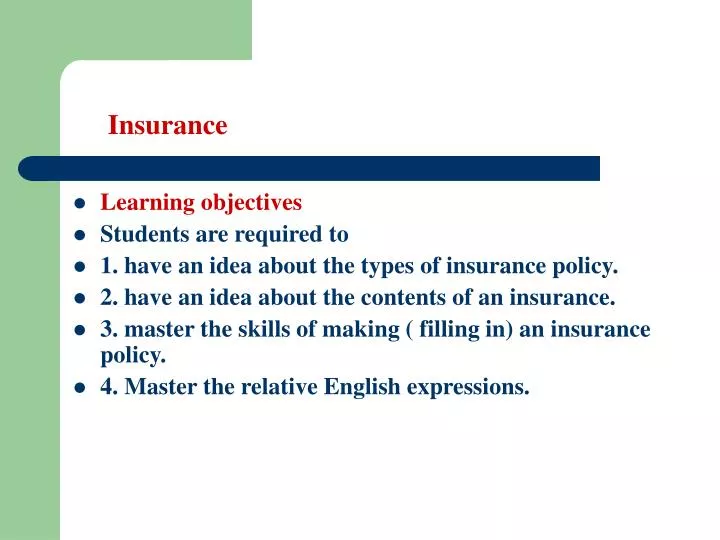The Buzz on Pacific Prime
The Buzz on Pacific Prime
Blog Article
Some Known Factual Statements About Pacific Prime
Table of ContentsWhat Does Pacific Prime Do?What Does Pacific Prime Mean?6 Easy Facts About Pacific Prime ShownThe Of Pacific PrimePacific Prime Fundamentals Explained

This is since the information were collected for a period of strong economic performance. Of the estimated 42 million individuals that were uninsured, just about concerning 420,000 (about 1 percent) were under 65 years of age, the age at which most Americans become qualified for Medicare; 32 million were grownups in between ages 18 and 65, around 19 percent of all grownups in this age team; and 10 million were kids under 18 years of age, about 13.9 percent of all kids (Mills, 2000).
These price quotes of the number of individuals without insurance are created from the annual March Supplement to the Existing Population Survey (CPS), carried out by the Demographics Bureau. Unless otherwise kept in mind, national quotes of individuals without health and wellness insurance and proportions of the population with different kinds of insurance coverage are based upon the CPS, one of the most extensively used resource of estimates of insurance coverage and uninsurance prices.
The Definitive Guide for Pacific Prime

Still, the CPS is specifically beneficial because it generates yearly estimates reasonably swiftly, reporting the previous year's insurance policy coverage approximates each September, and since it is the basis for a constant set of price quotes for even more than 20 years, permitting analysis of trends in insurance coverage gradually. For these reasons, as well as the substantial use the CPS in various other research studies of insurance policy coverage that exist in this record, we rely on CPS price quotes, with restrictions noted.

The estimate of the variety of uninsured people increases when a population's insurance condition is tracked for a number of years. Over a three-year period beginning early in 1993, 72 million individuals, 29 percent of the united state populace, were without coverage for at the very least one month. Within a single year (1994 ), 53 million individuals experienced at the very least a month without coverage (Bennefield, 1998a)
6 out of every ten without insurance adults are themselves used. Functioning does improve the likelihood that one and one's family participants will have insurance, it is not a guarantee. Even participants of families with 2 full-time wage income earners have almost a one-in-ten possibility of being without insurance (9.1 percent uninsured price) (Hoffman and Pohl, 2000).
The Ultimate Guide To Pacific Prime
New immigrants make up a considerable proportion of individuals without health insurance coverage. One analysis has actually associated a significant portion of the recent growth in the size of the U.S. uninsured populace to immigrants who showed up in the nation between 1994 and 1998 (Camarota and Edwards, 2000). Current immigrants (those that involved the USA within the previous four years) do have a high price of being uninsured (46 percent), but they and their children account for just 6 percent of those without insurance coverage across the country (Holahan et al., 2001).
The partnership in between medical insurance and accessibility to care is well developed, as recorded later in this chapter. Although the relationship between medical insurance and health outcomes is neither direct neither basic, a substantial scientific and health services research literary works web links medical insurance coverage to better accessibility to care, better top quality, and boosted personal and population health status.
Degrees of evaluation for checking out the effects of uninsurance. It concentrates especially on those without any type of health insurance coverage for any kind of size of time.
The Ultimate Guide To Pacific Prime
The problems faced by the underinsured are in some areas similar to those dealt with by the uninsured, although they are generally less extreme. maternity insurance for expats. Uninsurance and underinsurance, nevertheless, include definitely different plan problems, and the techniques for resolving them may vary. Throughout this study and the 5 records to comply with, the main emphasis gets on persons without medical insurance and therefore no help in spending for health and wellness care past what is offered through charity and safeguard organizations
Health and wellness insurance is an effective factor affecting invoice of care since both clients and medical professionals react to the out-of-pocket price of solutions - http://dugoutmugs01.unblog.fr/2024/04/02/pacific-prime-your-partner-for-comprehensive-insurance-solutions/. Medical insurance, nonetheless, is neither essential neither adequate to acquire access to medical solutions. Nevertheless, the independent and direct effect of medical insurance coverage on accessibility to wellness services is well developed.
Others will get the health and wellness treatment they need even without health insurance policy, by paying for it out of pocket or seeking it from carriers that use care complimentary or at highly subsidized rates. For still others, medical insurance alone does not guarantee invoice of care since click now of various other nonfinancial obstacles, such as a lack of health treatment carriers in their community, limited access to transport, illiteracy, or etymological and social differences.
The Definitive Guide for Pacific Prime
Official study regarding without insurance populaces in the United States dates to the late 1920s and very early 1930s when the Board on the Price of Medical Treatment generated a collection of reports regarding financing doctor workplace sees and hospital stays. This concern ended up being significant as the numbers of medically indigent climbed up throughout the Great Clinical depression.
Report this page